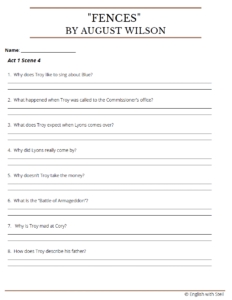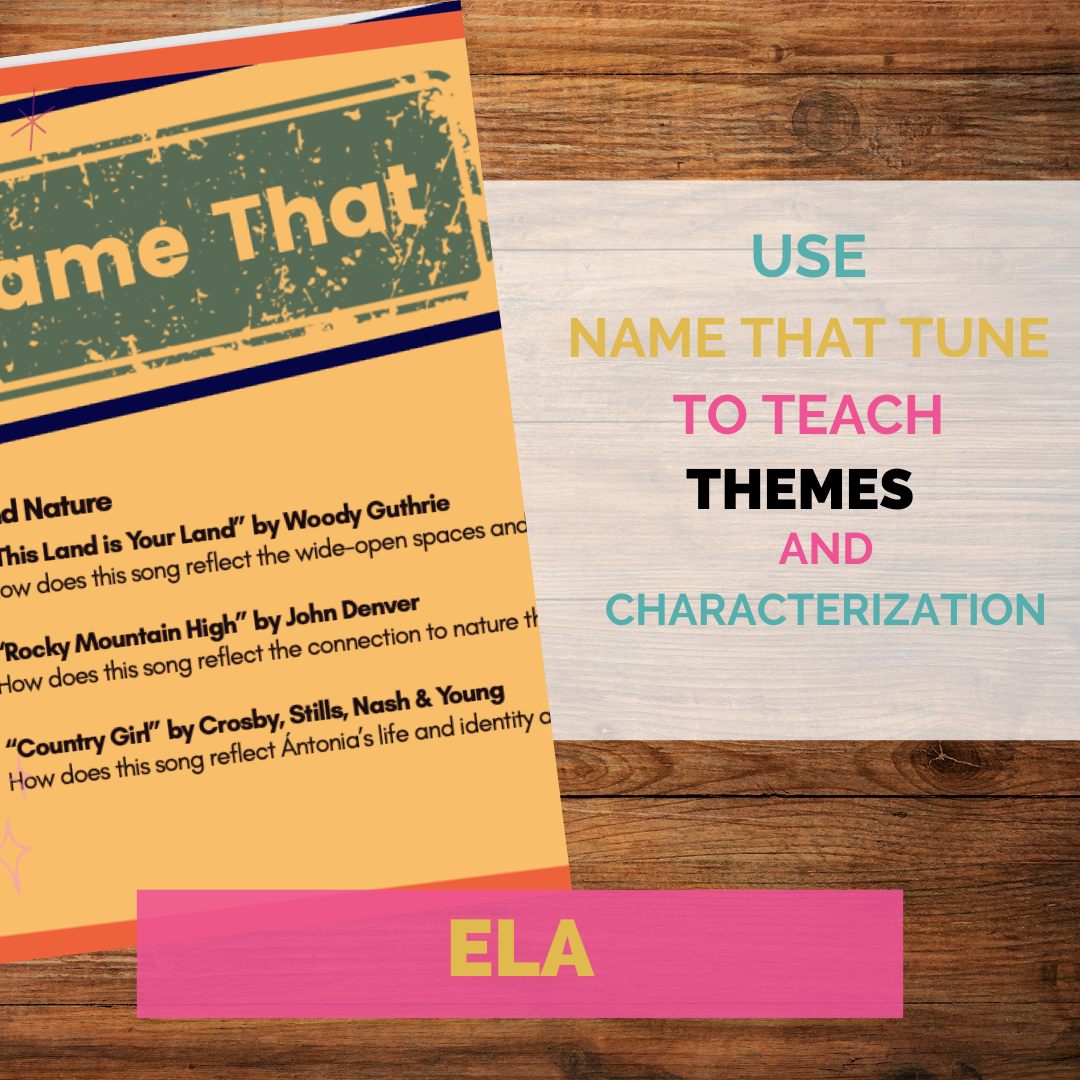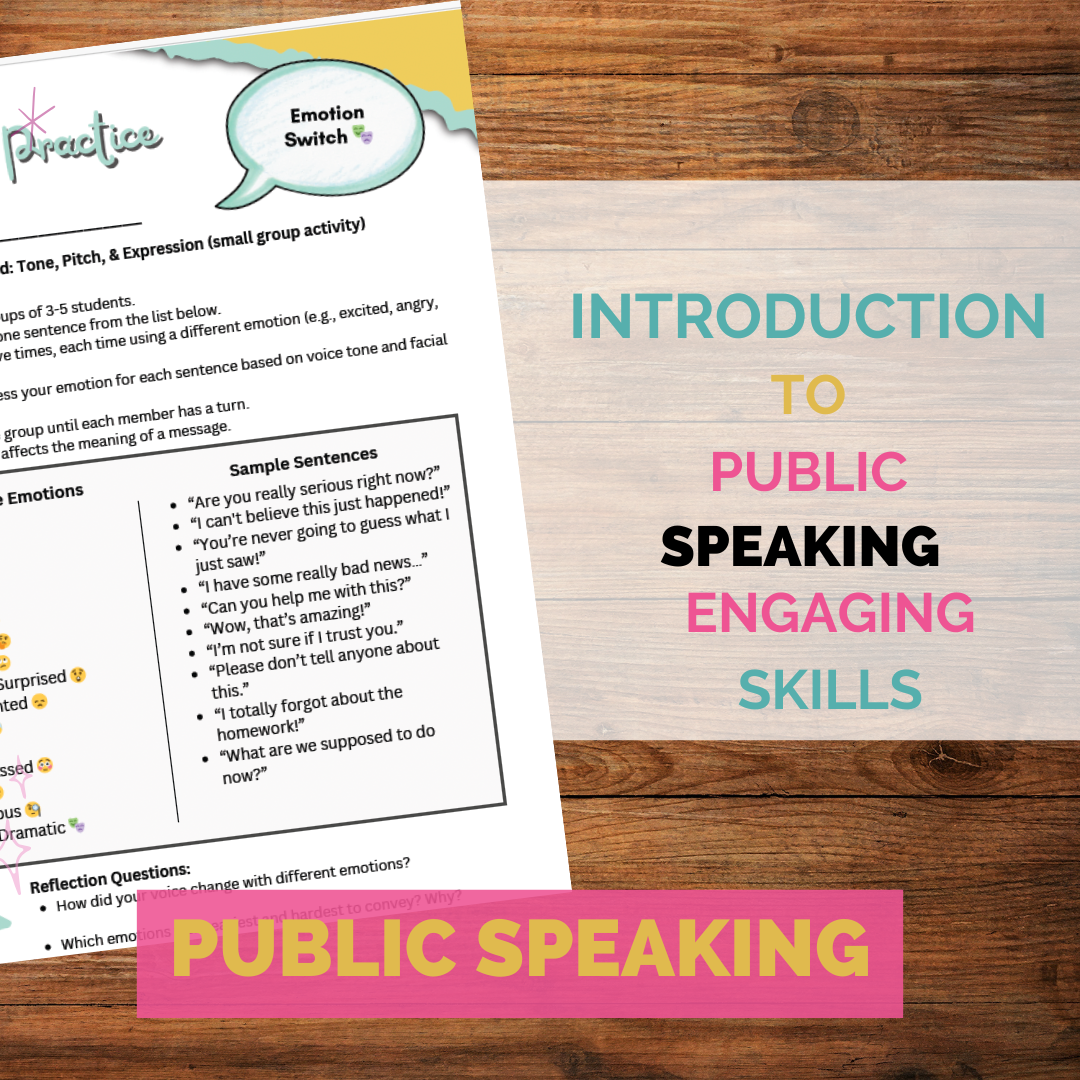
August Wilson’s Pulitzer Prize-winning play, “Fences”, isn’t just a cornerstone of American drama—it’s a masterful exploration of race, family, and the American Dream. Teaching this emotionally charged play can be both challenging and immensely rewarding. Whether you’re introducing this work to a new group of students or refreshing your approach, here’s an in-depth guide to making Fences an unforgettable classroom experience.
“Fences” is a compelling and emotionally charged exploration of family, race, and the American Dream. Teaching this classic piece of American drama can be a rewarding experience, but it also comes with its unique challenges. In this blog post, we will provide ten valuable tips for teachers looking to engage their students effectively when teaching “Fences.”
Top 10 Tips for Teaching August Wilson's "Fences"
1. Set the Stage with Historical Context
Transport your students to the 1950s by diving into the historical and cultural backdrop of Fences. Discuss key moments of the Civil Rights Movement and explore how systemic racism shaped the lives of African Americans during this era. Use primary sources like news articles, photographs, and oral histories to help students visualize the world Wilson’s characters inhabit.
2. Celebrate August Wilson’s Legacy
Introduce your students to August Wilson’s life and work. Discuss his ten-play Pittsburgh Cycle, which chronicles the African American experience across decades. Highlight his dedication to giving voice to underrepresented stories and his unique impact on American theater. Share interviews, articles, or videos that show Wilson’s passion for storytelling.
3. Dive Deep into Character Analysis
Fences boasts a cast of richly drawn characters, each grappling with their own struggles and dreams. Encourage students to explore Troy Maxson’s complexities as a father, husband, and former athlete. Analyze Rose’s quiet strength and Cory’s desire to break free from his father’s shadow. Use character maps or journals to help students track growth, motivations, and relationships throughout the play.
4. Unpack the Themes
The themes in Fences are profound and interconnected: race, family dynamics, generational conflict, unfulfilled dreams, and the weight of responsibility. Facilitate student-led discussions where they can draw connections between the play’s themes and their own lives or current events. Consider using guiding questions like:
How does Troy’s past shape his views on the future?
What role does forgiveness play in family relationships?
5. Read Aloud for Impact
Bring the play to life by having students read scenes aloud in class. Wilson’s dialogue is rich with rhythm and emotion, and hearing the words spoken can deepen students’ understanding. Assign roles and rotate readers so everyone gets a chance to embody the characters.
6. Explore Wilson’s Unique Language
One of the hallmarks of Wilson’s writing is his masterful use of African American vernacular. Spend time analyzing how the characters’ speech patterns reflect their personalities, cultural heritage, and relationships. Encourage students to discuss how language shapes the play’s authenticity and emotional resonance.
7. Unlock Symbolism and Metaphors
The titular fence is one of the play’s most significant symbols. Lead students in analyzing its layered meanings: protection, division, and the desire to hold onto loved ones. Extend the discussion to other symbols in the play, like Troy’s baseball metaphors and Gabriel’s trumpet.
8. Watch It Come Alive
If possible, show clips from the film adaptation of Fences (starring Denzel Washington and Viola Davis) or a recorded stage production. Visualizing the characters and their interactions can enhance students’ understanding of the play’s emotional depth. Afterward, discuss how the performances compare to the students’ interpretations of the text.
9. Foster Critical Discussions
Challenge students to engage with the moral dilemmas and complex relationships in the play. Ask them to debate Troy’s decisions or Rose’s sacrifices. Use Socratic seminars or fishbowl discussions to encourage diverse viewpoints and deeper analysis.
10. Get Creative with Projects
Make Fences personal and engaging by assigning creative projects. Some ideas include:
Writing monologues from the perspective of a character not often heard, like Lyons or Raynell.
Designing visual art pieces inspired by the play’s themes.
Rewriting a scene with an alternate outcome and explaining how it changes the story.
Bonus Activities to Enrich Your Unit
Timeline Creation: Have students create a timeline of events from the play alongside historical events from the 1950s to understand the broader context.
Soundtrack for Fences: Ask students to curate a playlist that captures the mood, themes, or characters of the play.
Role-Playing: Let students act out key scenes and experiment with different tones or interpretations to explore character motivations.
Final Thoughts
Teaching August Wilson’s Fences is an opportunity to explore American history, identity, and family with your students. By grounding the play in its historical context, celebrating Wilson’s legacy, and encouraging creative and critical engagement, you can create a dynamic and meaningful learning experience. What are your favorite ways to teach Fences? Share your thoughts and ideas in the comments—I’d love to hear them!










